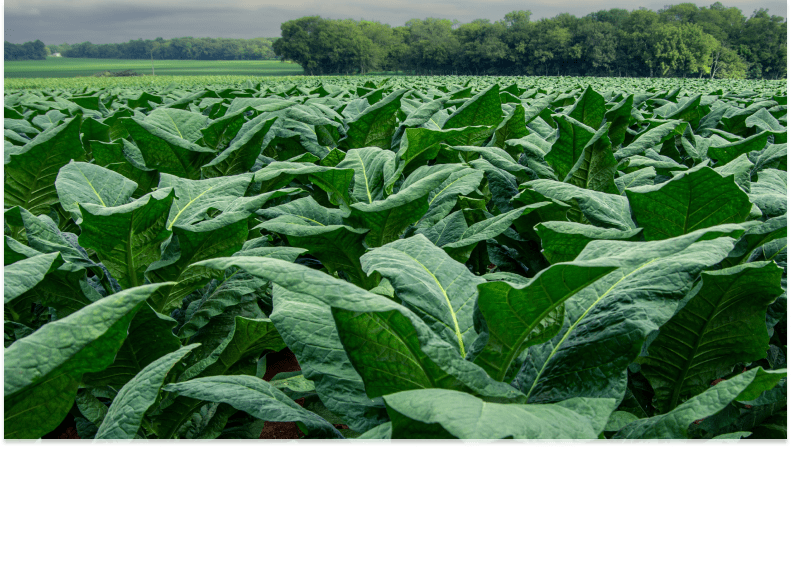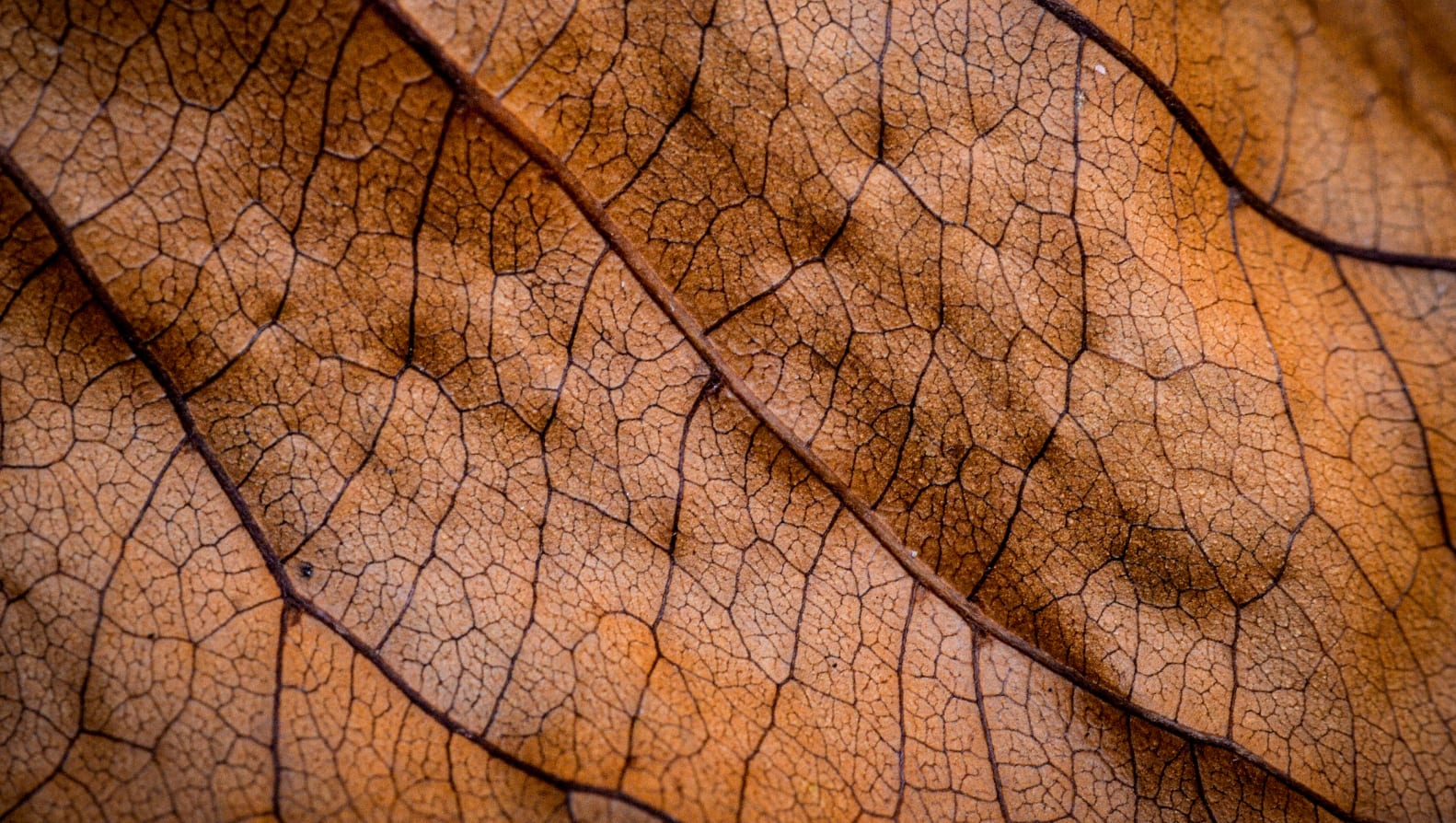
Outpost Field Notes: The Dominican Republic

In our efforts to share our tobacco expertise with you, there’s one destination we simply can’t skip. The Dominican Republic – or “The D.R.” as so many in our industry like to call it – is one of the most important new-world cigar producers.
And while it holds a huge amount of importance to this hobby we all love, in comparison to other important growing regions we’ve covered thus far (Honduras, Ecuador, The Connecticut River Valley and Nicaragua), understanding why the Dominican Republic makes such great cigars is relatively straightforward.

A Tradition Of Tobacco
While premium cigars were not commercially produced in the Dominican Republic until the 19th Century, tobacco was used by the native Taino population for medicinal and ceremonial purposes for centuries before Columbus arrived in 1492. To say that tobacco is an essential part of the history of The D.R. is an understatement.
Where many countries today plant tobacco in favorable conditions, or even craft the necessary conditions for tobacco to grow, the fact that the tobacco plant is native to the D.R. makes it all the more obvious why Dominican cigars stand out from the rest.
Just like most new-world cigar-producing countries, the majority of premium cigar production came after the Old-World of cigars was closed off to the rest of world. Seeking freedom and opportunity, craftspeople and their families fled the embargo to countries that spoke the same language, had similar climates and held potential for them to pursue their craft.
Only a quick boat ride to the east and with identical tropical weather, The D.R. quickly became home to many who found themselves uprooted by change, but passionate to continue the trade they knew and loved.

Tobacco Terroir
Within the D.R., the majority of premium tobacco production takes place in the Cibao Valley, just west of Santiago, and chasing the famed Cordillera mountain ranges along the country’s northern border all the way to Haiti. There, the Yaque del Norte and Yuna rivers snake through the mountains, constantly replenishing the nutrients in already spectacular soil.
A combination of this nutrient-rich soil and the region’s sunny and humid climate make La Vega Real (a subregion of the Cibao Valley located near Santiago) and the Yaque Valley home to not only much of the country’s premium tobacco production, but also crops like bananas, rice, wheat, coffee and more. Here, you’ll find many of the biggest names in the business have farms and factories to keep up with the demand for the country’s revered premium tobacco.

Famed Fumas
While most all sungrown tobaccos do well in the Dominican heat, two tobaccos from the region are renowned and worth calling out specifically.
Piloto Cubano - Perhaps the most popular of Dominican-grown tobaccos, Piloto Cubano (oftentimes simply referred to as “Piloto”) requires immense amounts of sunlight to unleash its flavorful potential. Typically used as a filler leaf, although some notable exceptions exist, Piloto Cubano is marked by its notes of cinnamon and earthiness with sweet, almost vanilla, undertones.
Olor Domincano - A tobacco strain native to The Dominican Republic, this leaf is thinner and more mellow in flavor, often used as a filler leaf to mellow out a harsh blend or add creamy, sometimes slightly salty, notes.
CAO Cigars With Dominican Tobacco
In our journey to take the path less traveled, we’ll admit we haven’t spent much time in the Dominican Republic. However, we’ve been known to craft Dominican leaves into a cigar to bring out the best of a blend.
CAO Vision
Our original blend for CAO Vision boasted not one, not two but THREE Dominican leaves. One Dominican-grown Corojo wrapper to be flavor-forward, a Dominican binder to balance out the intense flavor from the wrapper, and then a Dominican filler leaf, once again to add balance to a blend of intense Nicaraguan and Honduran tobacco. In recent years, we swapped the Dominican wrapper for a Cameroon, you should try it out.
CAO Bones
While not front-and-center in our domino-inspired cigar, a Dominican Piloto Cubano leaf is used in the blend of CAO Bones to once again add balance to an otherwise powerful blend. The smooth but bold Piloto leaf provides the perfect finishing touch on an exceptional cigar.
CAO Session
When crafting CAO Session, we gave ourselves quite a challenge. It needed to be a cigar that could be appreciated by seasoned smokers: complex, interesting, flavorful. However, it also needed to be approachable for new smokers. A cigar you can hand to anyone and they would be able to appreciate everything that was going on. We found the answer to our complex issue in using Dominican leaves for the binder and filler, and we may be biased, but we think we did a damn-fine job.




